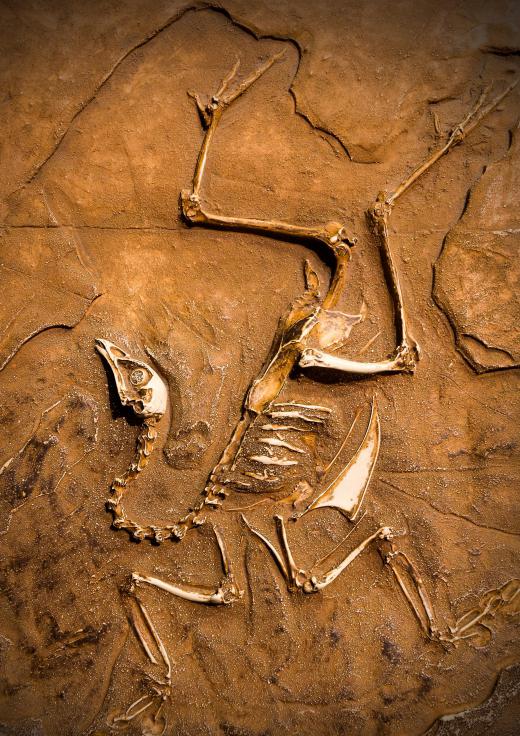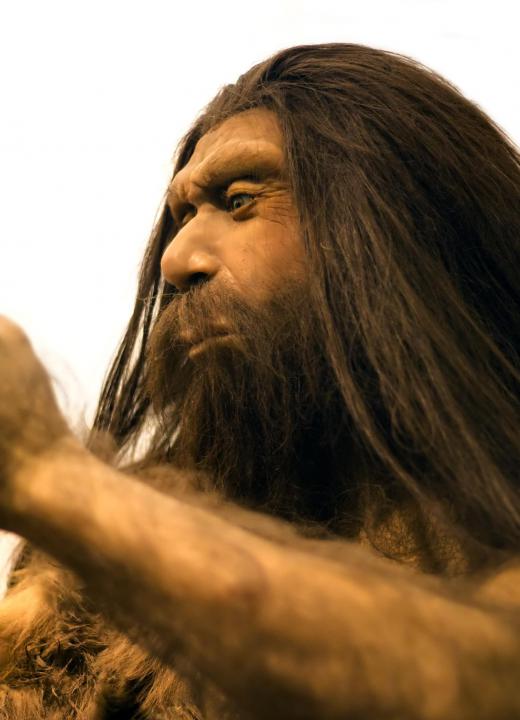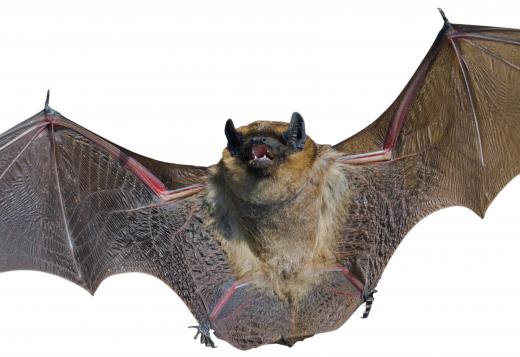What are the Most Important Evolutionary Innovations?
 Michael Anissimov
Michael Anissimov
Evolutionary innovations apppear to have been relatively few and far between in the first three or so billion years of life on Earth. The major evolutionary innovations during this time were the evolution of oxyphotosynthetic bacteria and complex cells (eukaryotes). Though life itself originated at least 3.7 billion years ago, it wasn't until about 600 million years ago that the first hard evidence of multicellular life appears.
Discounting protozoan (unicellular) evolutionary innovations, which many scientists would argue are the most important of all on technical grounds, there are a number of evolutionary innovations, the usefulness of which is obvious to anyone. Five evolutionary innovations which seem most important are the evolution of a third germ layer, which enables a body cavity, also called a coelom; predation, which kickstarted an arms race of evolutionary change; eyes, which after their initial evolution became so successful that the majority of macroscopic animals possess them; the colonization of the land by plants and animals; and the evolution of true flight, which has occurred independently four times and opened up a huge new niche for animals to colonize.

The evolution of a third germ layer, that is, triploblastic animals, occurred between 600 and 580 million years ago. The earliest known triploblastic fossil is Vernanimalcula guizhouena, a tiny spherical animal just 0.1 mm in diameter. This animal was found to have two body cavities separating its gut from the body wall. This physiological arrangement helps to cushion the internal organs while decoupling structural dependencies between the two, allowing them to develop independently. This is an invaluable evolutionary innovation.

The evolution of predation and eyes likely occurred close together, and both very early. Given what we know, it is reasonable to assume that both of these events happened around the same time, at the Cambrian-Precambrian boundary about 542 million years ago. All eyed animals are monophyletic, meaning they share a common ancestor that evolved during this period. This is in contrast to an earlier view which asserted that eyes evolved independently on several occasions. Around the same time, the first organisms with hard shells appeared, and small borings can be seen on these shells, a telltale sign of predators. Predation may have evolved even earlier, as there is cursory evidence of predation from the Ediacaran period, 10-20 million years before the Cambrian-Precambrian boundary.

The last two evolutionary innovations of great importance are the move to land and the move to the air. The move to the land is the most important of the two, occurring between roughly 460 and 430 million years ago, during the Ordovician and Silurian periods. Around this time, green algae evolved into terrestrial plants, which were followed several tens of millions of years later by simple arthropods including the ancestors of modern spiders and harvestmen. The earliest terrestrial fossil known is a millipede. Much later, about 350 million years ago, during the Carboniferous period, insects evolved flight, exploiting a huge new niche. Flight would independently evolve three more times: in pterosaurs, birds, and bats.
AS FEATURED ON:
AS FEATURED ON:














Discuss this Article
Post your comments